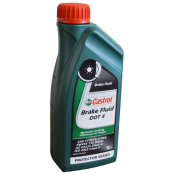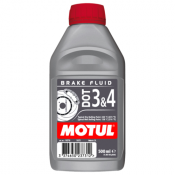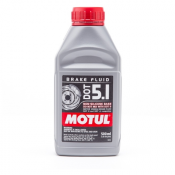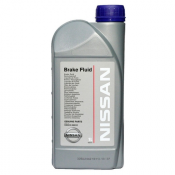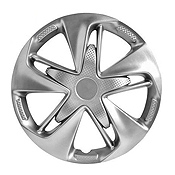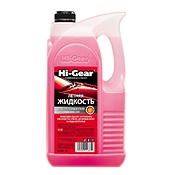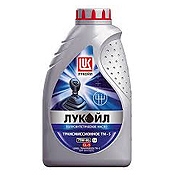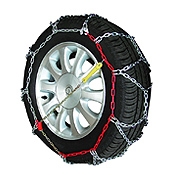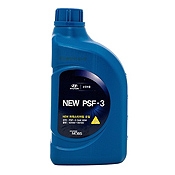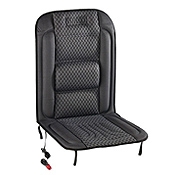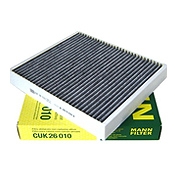Liqui Moly DOT4
Short review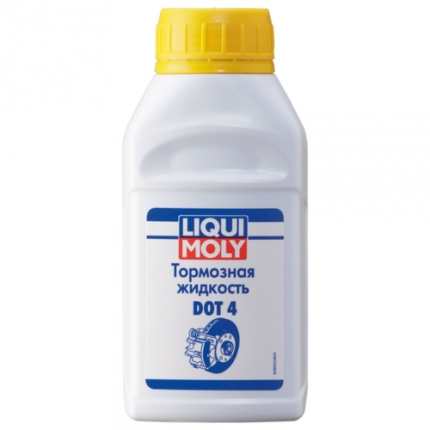
Buy Liqui Moly DOT4
Liqui Moly DOT4 Characteristics
| The main | |
| Brand name | Liqui moly |
| A type | Brake fluid |
| Application area | Brake system |
| Brake fluid standard | DOT 4 |
| Type of equipment | Water technology, Aircraft, Motorcycles, Cars |
| Manufacturer country | Germany |
| vendor code | 8832 |
| Volume, ml | 0.25 |
Liqui Moly DOT4 reviews
Durability, stability of characteristics throughout the entire service life
no
Previously, I used only Liqui moly or Bosch DOT4 brake fluid in the braking system of my cars. Usually, there is not a lot of choice in stores, so I just chose the best. there is no reason not to trust the manufacturer. The main thing is a trusted seller. Liqui moly brake fluid has a high resource. I will not say that I used this and did not change the liquid longer than the prescribed period, but for her three years she always nursed me without problems. I did not notice a drop in characteristics during this period. Of course they were, but clearly insignificant.
When faced with the maintenance of a whole garage of assorted cars and the centralized purchase of fuels and lubricants, I had to look at simpler manufacturers. The difference was immediately apparent. When using another manufacturer of brake fluid (Prista DOT4), due to more interesting prices, I noticed how the performance of the brake fluid decreases within two to three years. This is especially noticeable immediately after replacing it with a new one. So after switching from Liqui moly to another brake fluid, I simply reduced the replacement interval to two years.
Reliability, technical characteristics.
price
It is recommended to change the brake fluid in the car at least once every two years, in connection with which 1 liter of Bremsenflussigkeit DOT-4 brake fluid from Liqui moly was purchased. Previously, I did not attach much importance to the manufacturer and the timing of brake fluid replacement. The maximum checked the level. But once on the track, I had to sharply slow down by braking. The car drove down the hill at high speed, was heavily loaded, after a few seconds of pressing the brake, gaps began in braking, the pedal trembled under the foot, and then completely failed. Collisions were avoided, but I remembered this incident for a long time. In the process of analyzing the situation, I realized that due to the strong and long friction of the pads on the discs, the brake fluid boiled. The reason is poor quality (old) brake fluid.
Since then I have been buying only high-quality brakes. There are also some of our not bad manufacturers, but I like the products of German Liqui moly. Of course, the price is several times higher, but the confidence that in an emergency the brake fluid will not fail.
The boiling point declared by the manufacturer for fresh (dry) liquid is 230 degrees. For a liquid that has been poured into the tank for 1.5-2 years (called wet, the water content is up to 3%), the boiling point is already 155 degrees.
Contains: polyglycols, corrosion inhibitors, diethylene glycol.
Mixing with DOT5 and BSK fluids is not allowed (it is not available now).
Without tests, while the fluid works well and nothing happens, it is difficult to assess the true quality of the fluid, but in the cold the effort on the pedal does not change, the rubber bands of the brake system do not flow, the brakes work well, with frequent braking and acceleration.
Of course, there are a lot of components in the reliability and efficiency of braking, a lot depends on the type of the brake system, the condition and quality of the brake discs, the material of the pads, etc. Unfortunately, many car owners (he himself was such), having replaced the pads, think that their brake system works like new regardless of disc wear, brake hose condition and other nuances. What can we say about the quality of the brake fluid. And it plays a very important role.
A liter of fluid is enough for a complete replacement on almost any passenger car.
I recommend buying and replacing.
